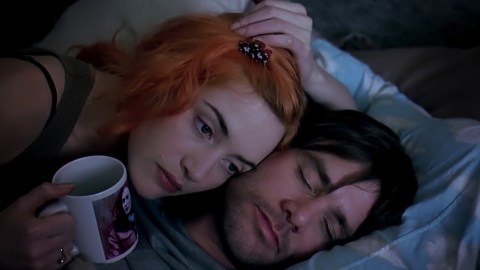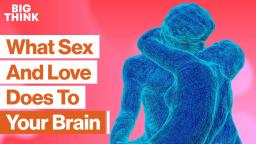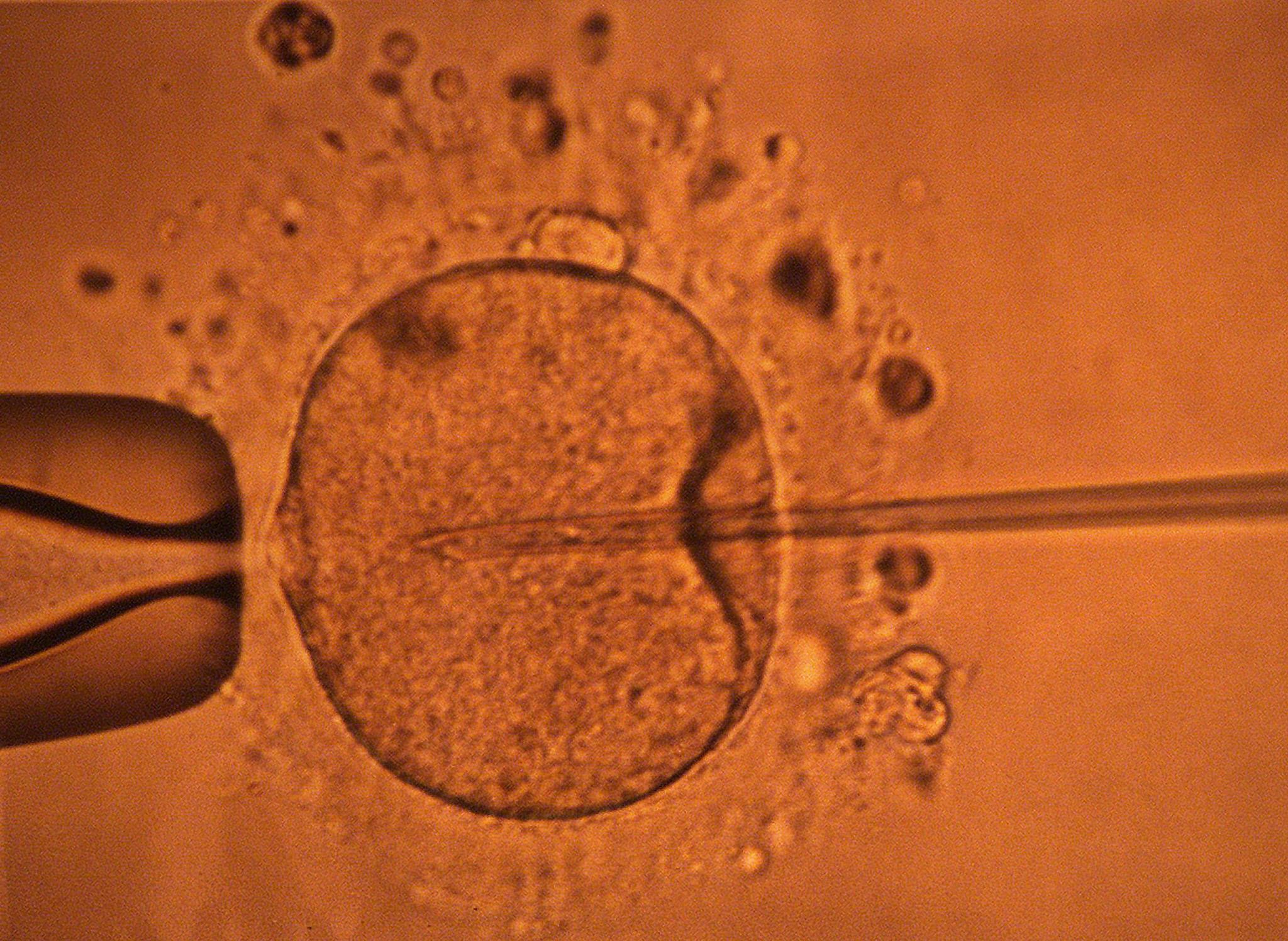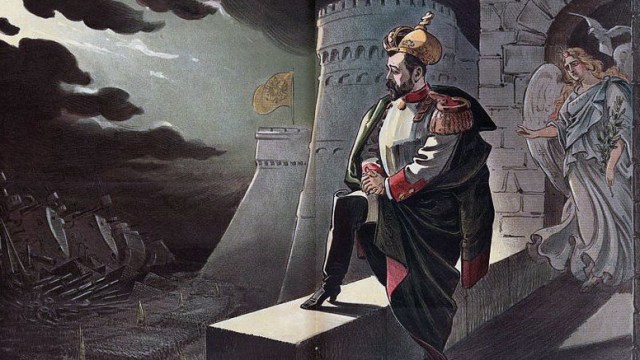The Evolutionary Biology of Dreams, Explained

Carl Jung battled his one-time friend and mentor, Sigmund Freud, on a number of topics, though perhaps none as perniciously as dreaming. An entire cottage industry of depth psychology and journaling workshops grew out of Jung’s theories of individuation—integrating the conscious and unconscious. To Jung, dreams—the primal material of the unconscious—unlocked humanity’s archetypal code, revealing more than they concealed, in direct contradiction to Freud’s ideas.
Freud was rather simplistic in comparison: dreams are about sex.
Not that sex is simplistic, nor is tunneling the depths of one’s undiscovered psyche. Jung’s intensive survey of mandalas and writings on mythological landscapes fueled generations of thinkers enamored with the idea of a subconscious primordial glue binding together humanity with the cosmos through this secret language of dreams.
By contrast Freud, though hugely influential therapeutically, has always been in and out of vogue, usually simultaneously. Ernest Becker posthumously won a Pulitzer for his 1973 book, The Denial of Death, which was essentially his shadowboxing with Freudian theory. He could not come to terms with the simplicity of Freud’s death wishes:
It was becoming difficult to maintain the casuistry of the dream theory that all dreams, even anxiety dreams, are fulfillments of wishes.
While later Becker ceded to Freud some of his discontent, wish fulfillment and anxiety are unapologetically bound up with the propagation of our species. Of course, the mechanism by which this occurs is sex, an act conflated and celebrated by our ingenious imagination. Could such a simple and complex act really inform our nightly picture show? Patrick McNamara says yes.
The associate professor of neurology and psychiatry at Boston University School of Medicine has spent decades decoding the hidden language of dreams, first influenced by his brother’s psychedelic poster of Freudian ideology in the sixties. By the time McNamara was working in the medical field a decade later Freud was so out of fashion as to be laughable, but the researcher in him never surrendered.
Fast forward to fMRI, the noninvasive breakthrough in wrapping our heads around what is inside our heads. McNamara spent hours studying dream reports by a wide range of men and women, noting peculiar patterns: in both genders strategies for partnership and procreation kept emerging. More tellingly, during the morning hours when REM sleep dominates, a cocktail of sex-related hormones—prolactin, oxytocin, testosterone—is served up in our midbrains, where circuits for pleasure and sex reside.
McNamara took it a level deeper. He split groups into those in relationships and those without—half the participants didn’t have to hunt for sex, the others did:
The anxious, preoccupied group was far more likely to recall dreams than the securely attached; they took less time to enter REM sleep and had many more dreams featuring aggression against competitors. But both the anxious and the securely attached recalled more dreams than avoidant participants. That is precisely the pattern one would predict if dream sleep were directly related to long-term sexual strategies.
A follow-up study with electroencephalogram (EEG) technology on college students confirmed these results, adding yet another nuanced layer: when in non-REM sleep (NREM), the dreamer was aggressive in only 29 percent of dreams, compared to 58 percent during REM sleep, the time believed to unite sexuality and inner cinema. Friendly interactions—sans sexual aggression—flipped that script, with 71 percent of NREM dreamers and 42 percent of REM sleepers reporting peace and love—agape, not eros.
All this research left McNamara to ponder one more peculiarity. REM sleep is marked by both a paralysis or inhibition of muscles and a suspension of the body’s thermoregulatory reflexes—the heat of passion is a bit cold at this time. The autonomic nervous system, responsible for our fight-flight-freeze reactions, is also unstable which, as he explains, is the reason more heart attacks occur during these hours.
Discovering reasons for evolutionary behavior requires reverse engineering, what philosopher Daniel Dennett describes as moving from how come to what for. Dennett encounters confusion between the two when debating religionists with a vested interest in theological narratives; the distance between them is critical in understanding evolutionary behavior. While Jungians get caught up in the mythology of dreaming, McNamara’s Freudian updates satisfy an even more incredible tale. As Dennett writes in his forthcoming book:
A mystery solved is even more ravishing than the ignorant fantasies it replaces.
Like Dennett, McNamara turns to Darwin for insight. Why, for example, would nature endow peacocks with colorful plumage that adds no physical advantage in battle, or in the case of reindeer’s unwieldy antlers, are biologically expensive? McNamara speculates:
Darwin pointed out that many features of sexually reproducing species can boost reproduction rather than survival in the environment per se. The peacock’s tail advertised its fitness to peahens, and so they tended to mate with the male who had the most extravagant tail in the group … Similarly, the reindeer’s antlers were used as weapons in the fight against other males of the same species for access to females. The more elaborate the antlers, the more forbidding the buck.
Like weightlifters puffing their chests, showmanship trumps defense. Or rather, showmanship is the first line of defense. Applying this to dreams, McNamara suggests that a drop in body heat promotes sleeping in close quarters with others, increasing opportunities for procreation. It also makes sense that during a period in which aggressive behavior is being played out in the theater of dreams you would not want to attack the person you’re cuddling with; hence, physical paralysis during mental stimulation.
As Dennett suggests of evolutionary adaptations, these are profound responses to complex behaviors, which does nothing to detract from the wondrous mythology of dreaming. Jung might not have been wrong in suggesting that archetypal keys are uncovered during night flights, but at the foundation biology wins out. In this case, Freud just might emerge victorious.
Here’s Michio Kaku explaining why Freud still has credibilty in this field:
—
Derek Beres is working on his new book, Whole Motion: Training Your Brain and Body For Optimal Health (Carrel/Skyhorse, Spring 2017). He is based in Los Angeles. Stay in touch on Facebook and Twitter.





